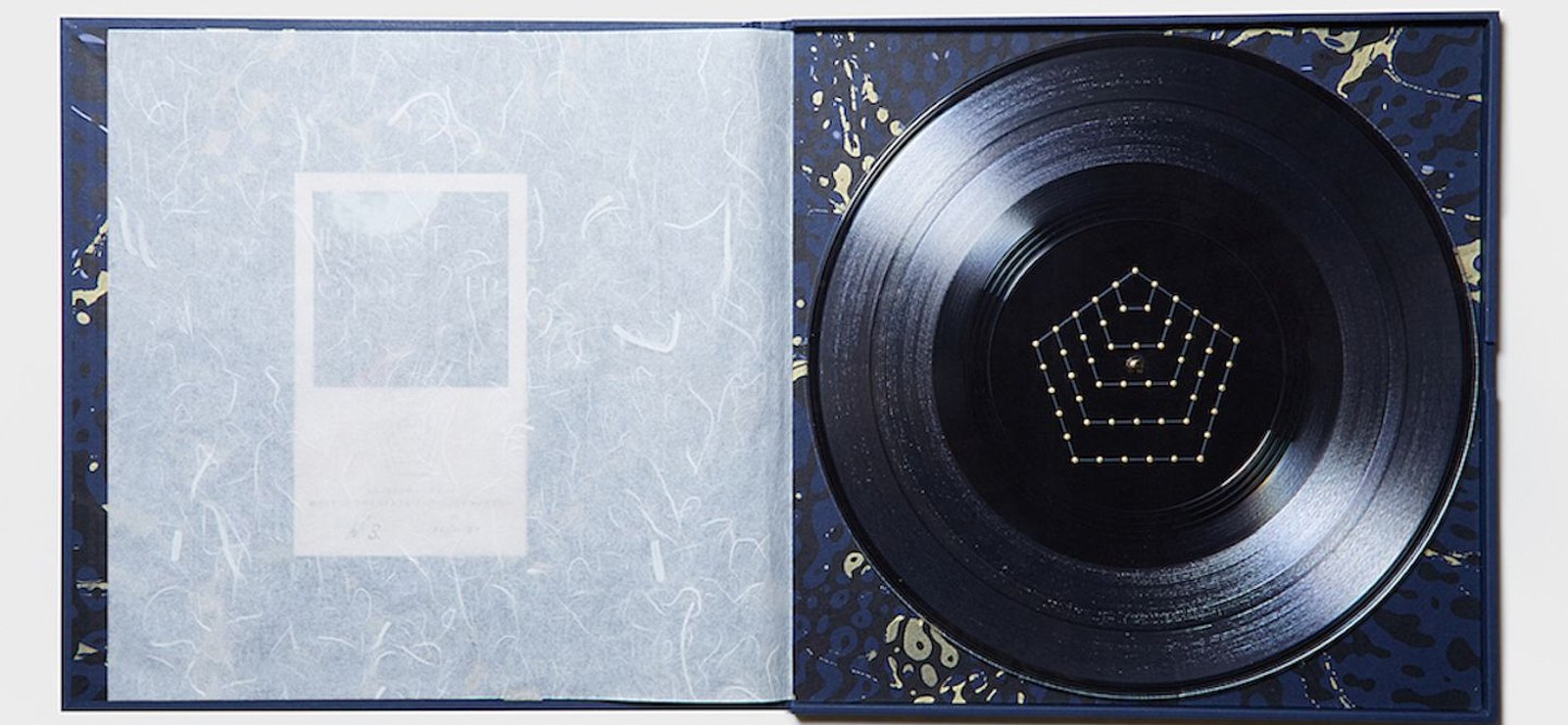Composing sound design to be the hero
From the streets of her village to the starting line of the race track, short film The Journey – created by Don’t Panic for refugee agency UNHCR – tells a powerful story by showing just a protagonist’s running legs. The sound design team at String & Tins tell D&AD how they composed a sequence to follow her as she flees from home to escape conflict and violence. Created in collaboration with two IOC Refugee Athlete Scholarship holders, The Journey highlights the power of sport to bring hope and change for all those forced to flee.
Composing for a POV sequence
The prospect of designing a soundtrack to raise awareness of the refugee crisis would be rousing for any sound designer. Senior Audio Producer Laura-Leigh Smith tells us that the part of the brief that first captivated them was “the idea there would be one long shot… specifically of just her feet.” Without visual information such as facial expressions and body language to tell the story, there was scope for the sound design to become the hero of the piece. Smith says focusing on the protagonist’s feet helps the viewer to “identify with [her] struggle and make it universal.”

War journalism as a reference
Lead Sound Designer Joe Wilkinson likens the sounds he employed to those you could expect from a piece of journalism: “If you watch a news piece about a conflict zone, it has that raw quality where the gunshots and cries are distorted.” The direction specified that the sound be “abrasive rather than super polished” and so war films proved to be a useful reference. To complete the sensation, the sound design takes advantage of binaural processing and gives the impression of distant impacts and objects flying around the listener.

Adding an emotional layer
The sound design masterfully communicates a sense of transience and provides a forward momentum with which to make sense of the protagonist’s changing situation. It acts as an emotional layer but, importantly, it resists telling the listener how to feel. The music is not triumphant at the end of the film and this is crucial for landing the message that the refugee crisis is an ongoing journey and struggle. Our protagonist is able to build her experience into something positive, but many are not so lucky and the sound design is a poignant reminder of just this.
























